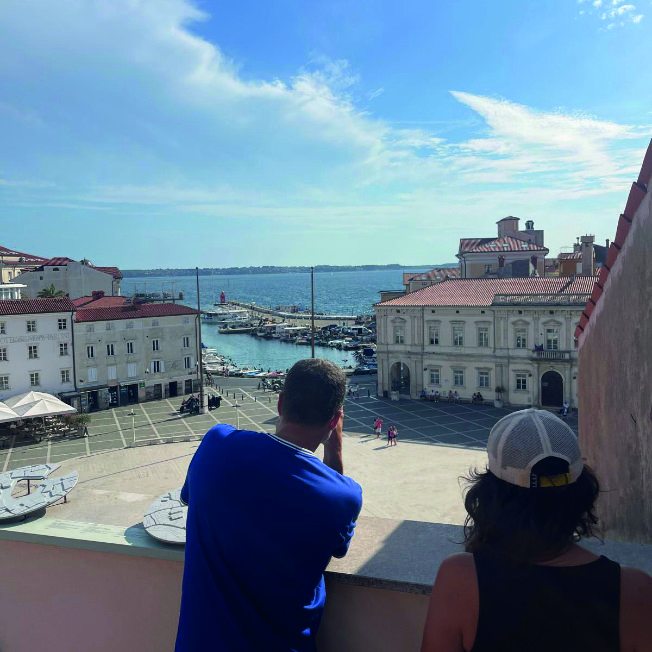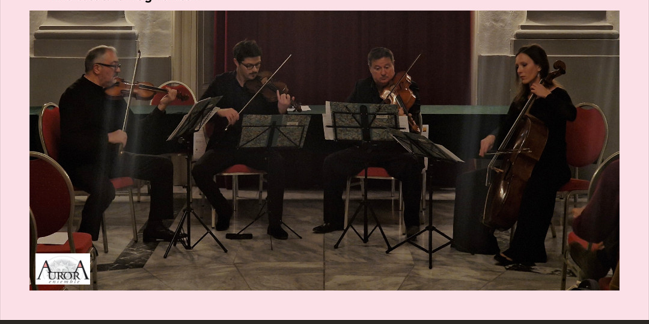Compleanno del grande compositore e violinista Giuseppe Tartini
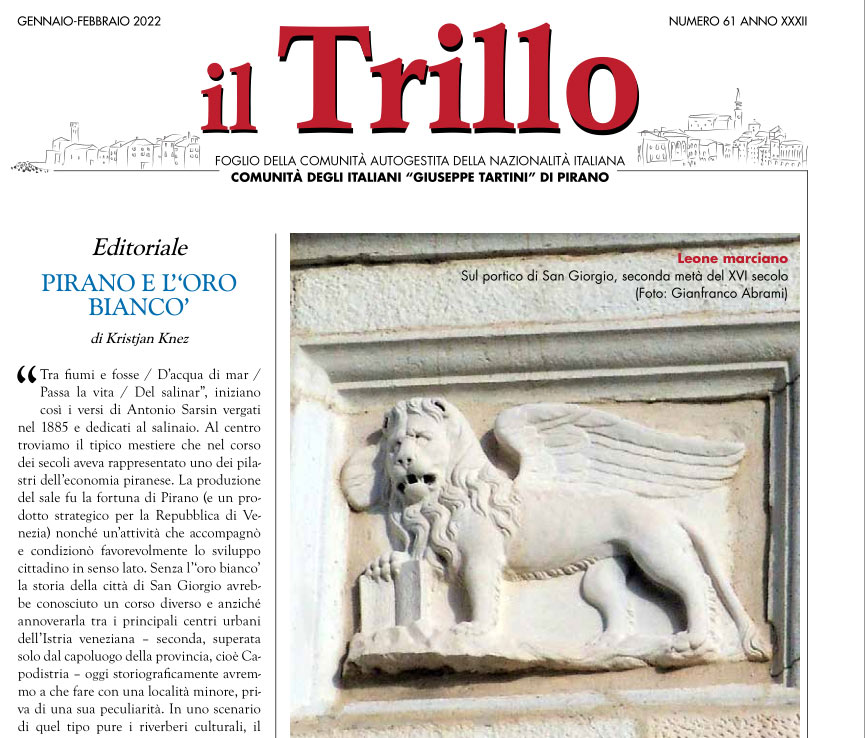
il Trillo n. 61
04/04/2022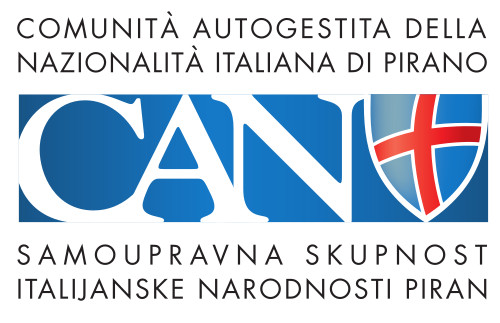
26ª sessione del Consiglio della Comunità autogestita della nazionalità italiana di Pirano
04/09/2022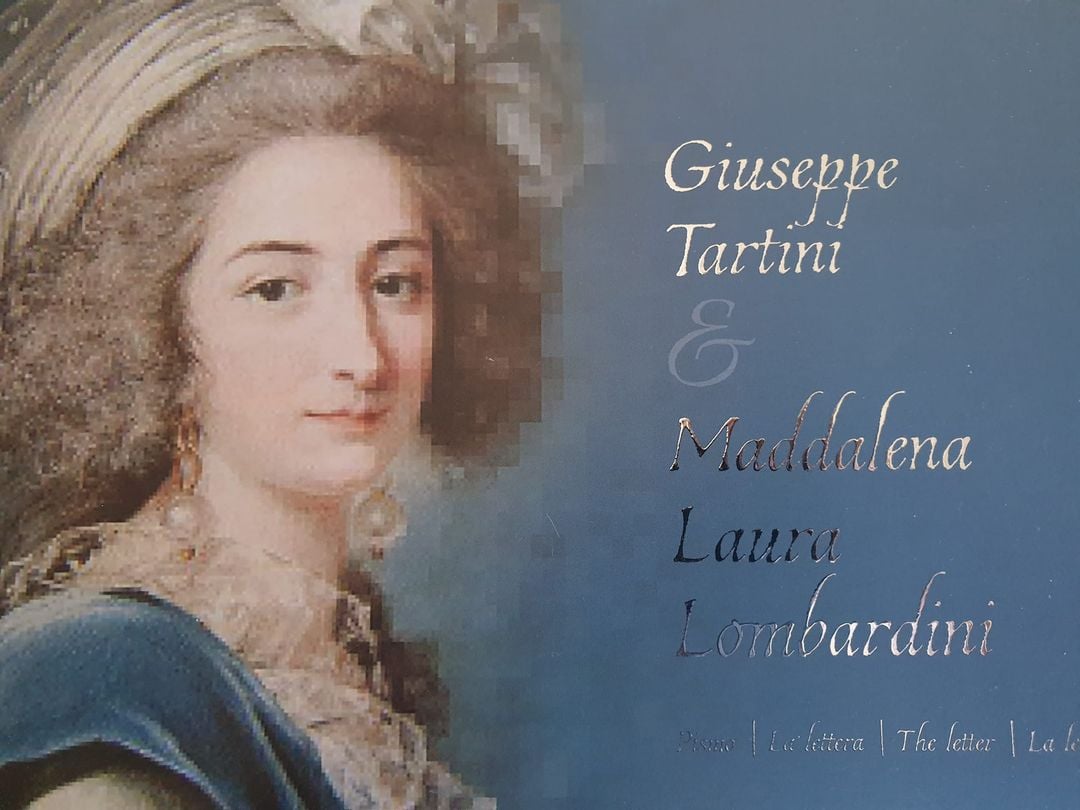
Siete gentilmente invitati a prenotare i biglietti per il concerto in onore di Giuseppe Tartini in occasione del suo 330° genetliaco che si terrà in Teatro Tartini a Pirano, venerdì 8 aprile 2022 alle ore 19, chiamando il nostro ufficio oppure rivolgendosi al collaboratore professionale (no. tel. 041 671 297 o via posta elettronica [email protected] entro le ore 12 di mercoledì 6 aprile 2022.
Per l’occasione si esibiranno la violinista Chouchane Siranossian e la Venice Baroque Orchestra.
Annunciamo inoltre la presentazione della nuova pubblicazione del Museo del mare “Sergej Mašera” di Pirano Giuseppe Tartini & Maddalena Laura Lombardini Pismo / La lettera / The Letter / La lettre / Der Brief, in Casa Tartini, venerdì 8 aprile 2022 alle ore 11. Le indicazioni di Tartini all’alunna saranno presentate al violino del Maestro da Zdravko Pleše. Anche in questo caso è necessario confermare la presenza entro le ore 12 di mercoledì 6 aprile 2022.
Giovedì 7 aprile 2022, presso il Conservatorio Giuseppe Tartini, Trieste si terrà l’evento di inaugurazione dello spazio espositivo permanente “La Stanza di Tartini”, Tartini Exhibition Point, dedicato ai cimeli, documenti, manoscritti e materiali appartenuti a Giuseppe Tartini, in occasione del 330° anniversario della sua nascita – 8 aprile 1692.
Programma dell’evento a Trieste:
- ore 18, Conferenza della musicologa dott.ssa Margherita Canale – Aula Magna
- intervento del Presidente del Conservatorio Avv. Lorenzo Cataldo
- intervento del Direttore del Conservatorio Prof. Sandro Tormentano
- ore 20.30 Concerto dell’Ensemble barocco del Conservatorio – Sala Tartini
La violinista Chouchane Siranossian è uno dei più grandi virtuosi sulla scena barocca internazionale. Ha vinto nel 2021 l’International Classical Music Awards (ICMA) con il CD sui concerti di Tartini registrato con la Venice Baroque Orchestra.
La sua grande naturalezza nell’affrontare l’interpretazione del difficile repertorio tartiniano ci riporta alle parole dei contemporanei, che dicevano che “la musica di Tartini non produce il medesimo effetto se non è eseguita secondo il gusto della sua scuola”. E Chouchane è entrata perfettamente nel gusto della Scuola delle Nazioni, in cui l’ornamentazione improvvisata non è rigida, ma, come insegnava Tartini agli studenti, viene creata sul momento, nasce da una profonda assimilazione interiore dello stile del maestro e ricrea in un evento unico l’idea musicale di partenza, proprio come avviene oggi nei concerti Jazz.
La vera musica attraversa i secoli e avvicina stili diversi nella stessa idea del FARE musica dal vivo. Giuseppe Tartini (Pirano d’Istria 1692 – Padova 1770) fu una delle personalità musicali più originali della metà del Settecento: violinista virtuoso, compositore, teorico e didatta, ma anche punto di riferimento culturale del mondo musicale europeo dell’epoca e importante didatta del violino per gli allievi che frequentarono la sua “Scuola delle Nazioni”. I suoi ideali estetici e le sue ricerche sui fondamenti fisico acustici dell’armonia influenzarono inoltre il pensiero e la musica delle generazioni a lui successive. A partire dagli anni venti del Settecento l’attività compositiva ed esecutiva di Tartini si lega indissolubilmente alle vicende del corpo orchestrale della Basilica di S.Antonio a Padova. Nel 1721 egli veniva assunto per chiara fama e senza obbligo d’esame come Primo violino / Violino capo di concerto della cappella musicale antoniana, con una qualifica coniata appositamente per lui, che comportava la programmazione e direzione della musica strumentale eseguita durante le funzioni. È in questo contesto che nasce la sua ricca produzione di concerti per violino e orchestra, in gran parte scritti per essere eseguiti durante le celebrazioni liturgiche della Basilica. Uno studio ormai datato di questa ricca raccolta di composizioni è il catalogo dei concerti del musicologo Dounias (D), redatto nel 1935, che raccoglie 125 concerti più 7 opere dubbie, a cui le ultime ricerche e l’identificazione di nuove fonti hanno aggiunto nuove composizioni per un totale di quasi 160 concerti. Il nuovo catalogo tematico digitale è consultabile sulla pagina web Discover Tartini.

